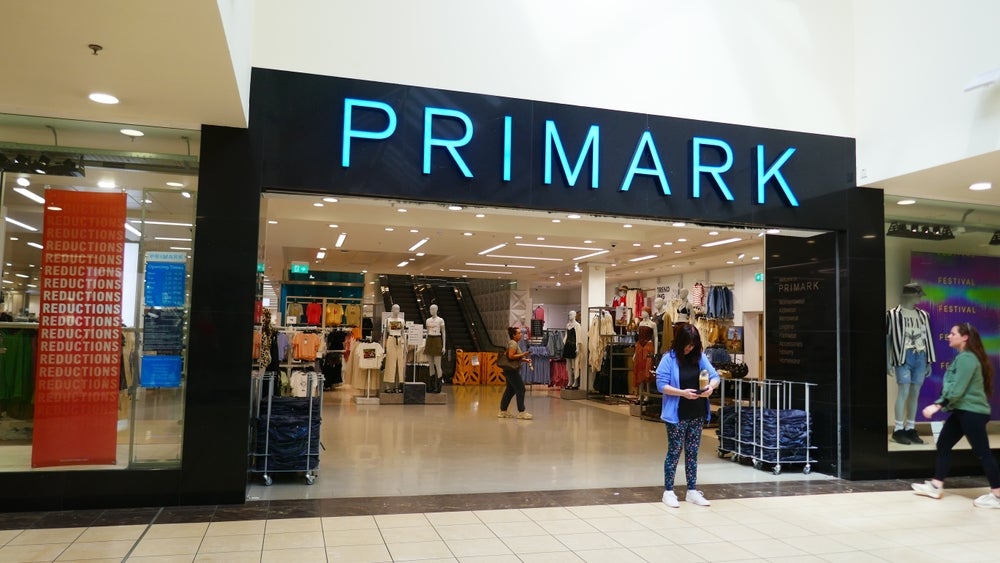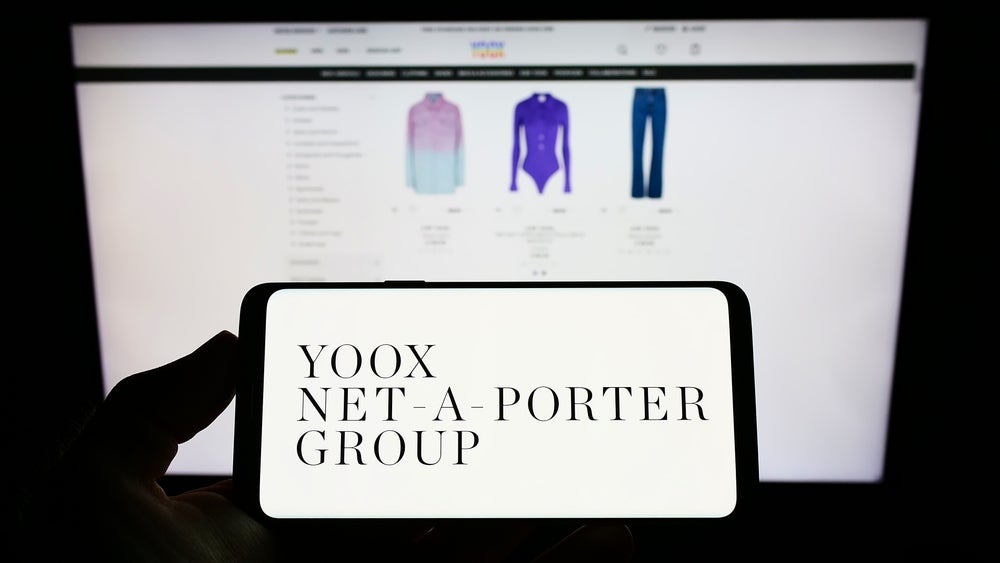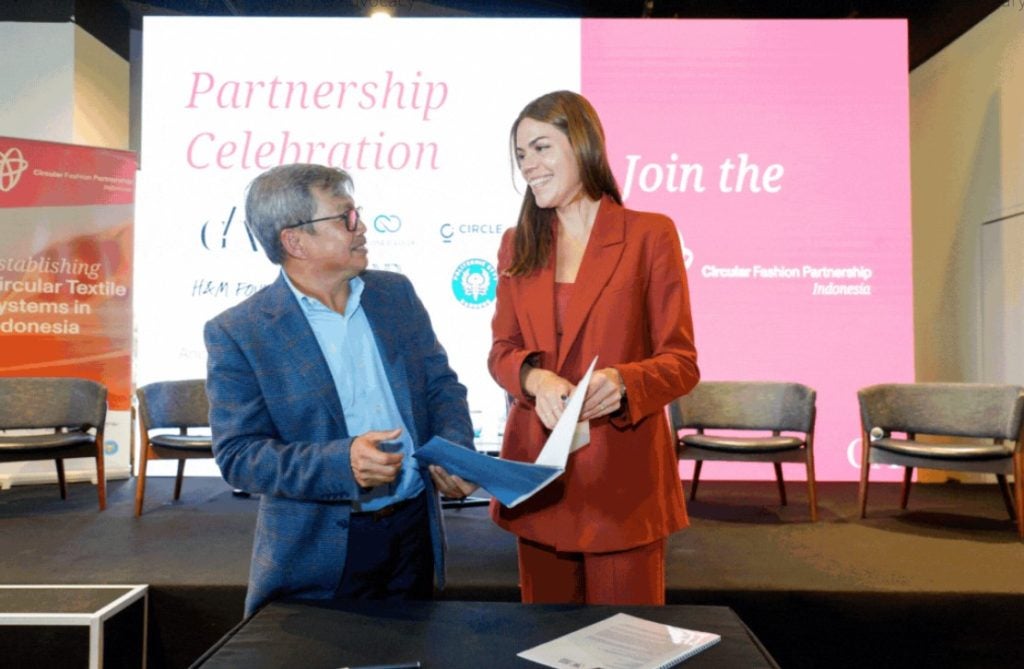Inspired by UK NGO Waste and Resources Action Programme (WRAP), Primark says its durability guidelines are designed to set the bar for how retailers can extend the life of their clothing and ultimately allow consumers to wear their clothes for longer.
The Primark Durability Framework draws on insights from environment charity Hubbub and the University of Leeds (UOL), as well as WRAP.
WRAP has been providing Primark with support and advice since the retailer signed the Textiles 2030 initiative and supported the framework’s creation.
As part of the project, Primark also commissioned research from the UOL School of Design. It tested clothing priced from £5 ($6.54) to £150 ($196.08) against wash and performance standards and found that some of the more affordable clothing products performed just as well as, or even better than, more expensive items
Hubbub CEO Alex Robinson said: “With Primark, we busted the myth that clothing is only durable at higher prices, by testing the physical durability of garments, led by the UOL School of Design. Driving awareness around clothing durability helps shoppers understand the value of their clothes and how to keep pieces in the best condition for as long as possible.”
Primark said WRAP also helped inform its decision to include two pillars of testing: extended washing and physical quality testing. Under each of these two pillars, the framework includes three tiers: foundational, progressive and aspirational.
The retailer also aims to use the framework to increase the life of its own clothing.
Since January 2024, Primark has been washing most of its clothing products under care label instructions up to the ‘aspirational’ target of 45 times to build a data set. The scheme does not currently cover any clothing products that require handwashing or dry cleaning.
Primark Cares product longevity and partnerships lead Vicki Swain said: “When we find clothes that we love, we wear them again and again and again. The Durability Framework will support on delivering enhanced durability across our ranges, meaning that customers can continue to wear their favourite clothes for longer.
“It’s an important step towards our goal of strengthening the durability of our clothing by 2025. We’re proud to be publishing these guidelines and hope it will encourage wider conversation.”
WRAP director of collaboration Catherine David added: “Extending clothing life by nine months can reduce carbon, waste, and water footprints by up to 30%. If we can help people wear their clothes for longer, we can make an impact on the environmental footprint of the clothing sector.”
In September Primark launched its first swap shop initiative with circular clothing company Verte, offering customers the chance to exchange pre-loved and vintage clothing in select stores.
















